Portrait photographer Mark Stephenson shares his tips on how to capture better portraits.
Don’t always have the model look at the camera
A mistake I see many photographers (and models) make is they think the subject should always be looking directly at the camera. This is not the case and often I find the best photos can be had when you have the model looking off into the distance. Don’t get me wrong, when I do a portrait session I always make sure I have some photos of the model with eye contact to the camera, but more often than not you’ll get a much more natural photo if you can get them to look elsewhere.

Experiment with directing your model to look in various places such as way off into the distance or down to the floor. Get your model to focus on something even when they are looking into the distance; this will keep their eyes bright and alive and avoid them looking glazed and bored. Also, it helps to give models something to think about as they pose. For example, if you want them to look happy encourage them to think about something happy. If you want them laughing you need to say something funny or get them to think of their favourite joke. And, if you want them sexy then, you guessed it, they need to think sexy!
Vary your focal length
Usually focal lengths associated with portraits tend to fall in the 70-200mm range. This is all well and good if you want to take traditional portraits, but most of my favorite portraits I’ve taken were captured with a 35mm or 50mm lens.

I’m not saying you should shoot all portraits with a 35mm lens, and for some things like headshots a longer lens is going to be better, as the resulting compression a telephoto lens gives you is very flattering. Nevertheless, you shouldn't underestimate the advantage of shooting a bit wider and making the portrait more environmental. If I had to choose two lenses to take on a portrait shoot it would be a 35mm and a telephoto lens such as an 85mm or 135mm. If I had to take just one lens, I’d have to decide between a 35mm or 50mm lens.
Shoot in manual mode
Shooting in manual mode may seem daunting if you’re only just getting into photography, but it is something that I'd recommend learning as soon as possible. The benefits of shooting in manual mode is that you're making the decisions about what exposure you want and how the aperture, shutter speed and ISO should be set, rather than relying on the camera to work it out for you.
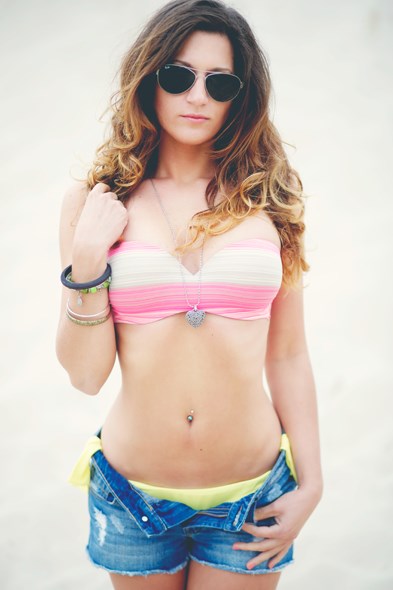
This ultimately gives you more control over your final image, and is especially important when working in difficult lighting conditions (such as backlit situations) or in the studio when using strobes. It's also very important that you as a photographer understand what your camera is doing when you’re not shooting in manual mode (for example, aperture priority). Having the understanding of manual shooting doesn’t mean you have to shoot in manual all the time, but at least you understand what, and why, your camera is doing when you’re using a different mode.
Focus on the eye closest to you
I’m a bit of a shallow depth of field junky. What this means is I like to shoot with lenses with large apertures - prime lenses with a maximum aperture of less than f/2.8. With these I can really draw in the viewer to the area of the photo that I want to by only having a small area in focus. This also helps to blur out unwanted or distracting backgrounds. When done well this effect can look excellent, but it can also be a very difficult technique to master. For example, if you're shooting with a very narrow depth of field, even the slightest movement from you or the model can result in missed focus. For best results, always try and focus on the model’s eye that is closest to you.
Embrace backlighting
Traditionally, as a photographer we are told to have the light source in front of our subject and behind yourself so the light falls onto the model. Don’t be afraid, however, to break this rule and place your light source behind the model.
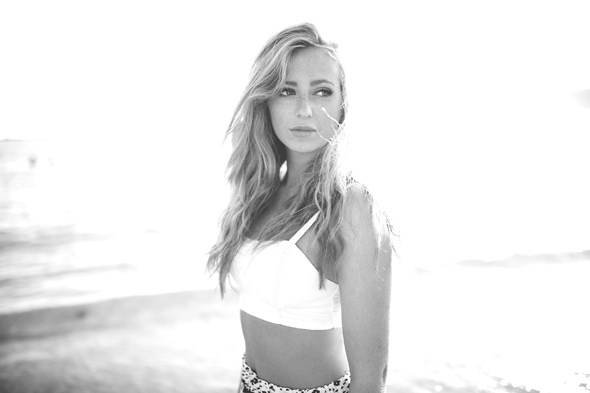
Backlighting can give your subject a wonderful glow, especially around their hair, but you should make sure you still have enough light on their face. A simple reflector can help with this. Some of my favourite shots are when I place the sun behind the model. Done well it can produce a very dreamy effect where the model looks glowing.
Use props
Involving props in your portraits is a great way to bring out another dimension from your subject. A prop can be virtually anything, from something as simple as a hat or an umbrella all the way to a pet or even another model. It just has to be something that the model can interact with and capture the viewer’s attention. I find using props can really help with inexperienced models or people who are uncomfortable in front of the camera as it gives them something else to focus on.
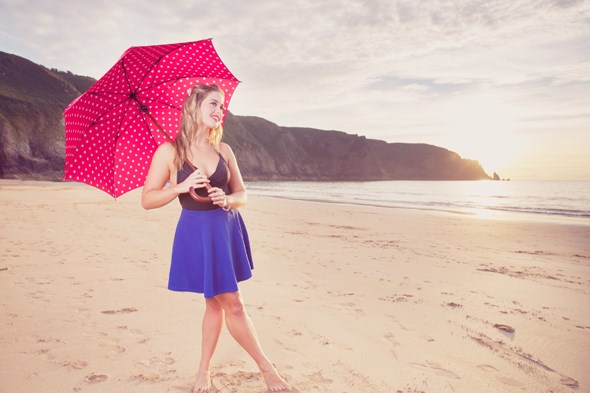
It's also worth remembering that your model doesn’t have to stay still for the camera and pose all the time. Get them to move around, jump up in the air or walk towards you. And whatever you do don’t ignore the important ‘in-between’ moments as your model changes poses or chats to you – they are often the most relaxed times which can make for more natural images. One of my favourite images in recent months was taken as a model stumbled into the sea while I shooting.
Be on the lookout for interesting outdoor locations...
Getting out and about when shooting portraits is vital; a good location can make a good shoot great. I’m always on the lookout for new locations, be it a beautiful beach or a graffiti-covered wall. I’m lucky enough to live in Jersey in the Channel Islands so I have loads of beaches on my doorstep. On the flip side though, I’m very limited to more urban locations.
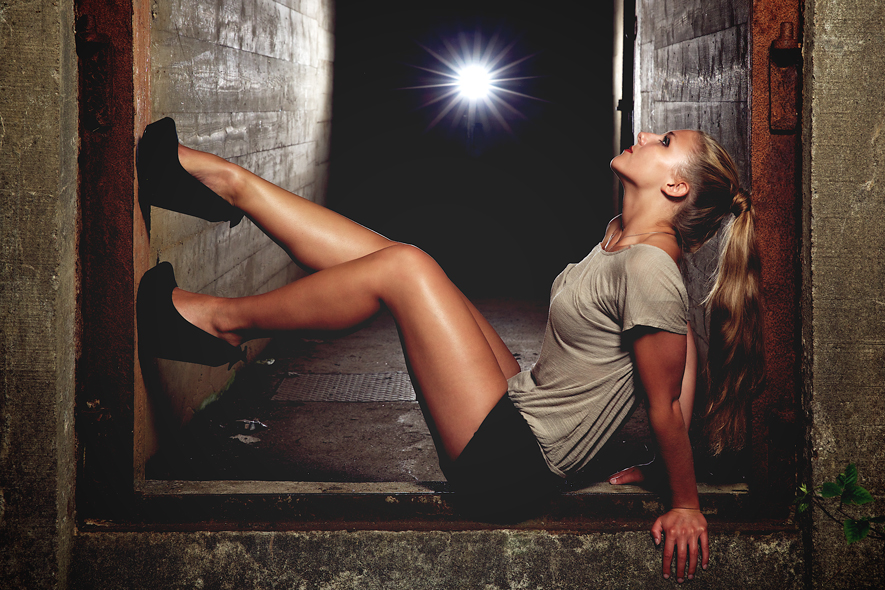
Every place in the world will have somewhere for you to shoot great outdoor portraits – the key is to be on the lookout all the time to find them. Also, don’t be afraid to jump in the car or train to scout locations not in your immediate vicinity. Also, don’t be afraid to ask to use private venues – you never know what you might find.
... but mix it up with indoor setups
As well as scouring your city and surrounding area for places to shoot, sometimes you don’t have to go far at all to shoot portraits. For me, a small amount of furniture moving means I can convert my lounge into a temporary studio. With a modest amount of equipment, or even a large window and a plain wall, you can shoot studio-style photos. For a basic starter setup I’m recommend getting an external flash, softbox, a reflector and a collapsible white background. With that setup alone you can shoot so many different looks.
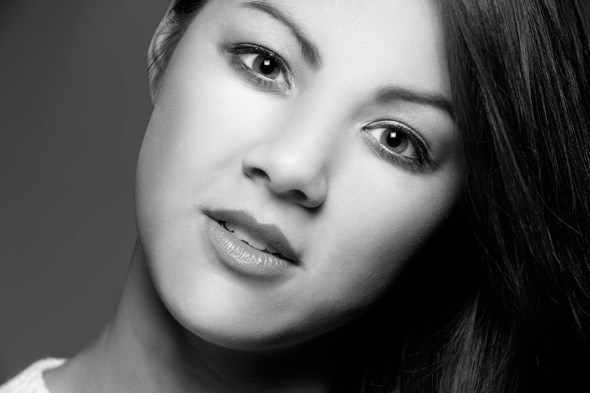
Experiment with moving the light source around the subject to see how the shadows change. Also, try varying the distance between the lights and the background - this will make the latter go from white when in close, to a dark grey with a bit more distance, and eventually black as you get further away.
Think about your composition and use negative space
One of the problems with portraits is that people often just reach for their telephoto lens and fill the frame with the subject’s face. Stop. Take a step back. A portrait is still just a photograph just the same as a landscape, so why not employ some of those compositional methods you already know and love? A big favorite of mine is to use negative space.
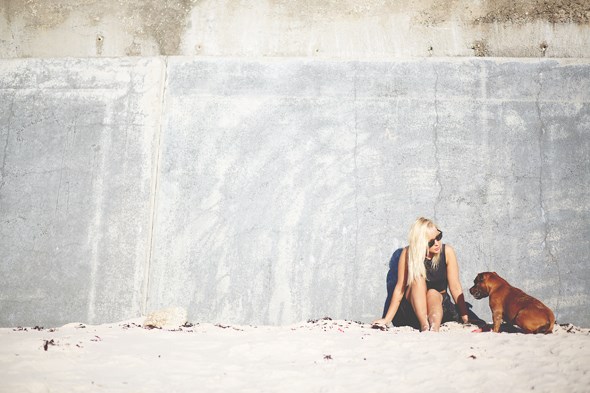
There are so many possibilities with this. For an easy start, find a wall or the side of a building and try shooting your subject against it, but with them only occupying a small amount of the frame. It’s amazing the effect negative space can have on a photograph.
Don’t take it too seriously
My final point, and possibly the most important, is don’t take it too seriously. When photographing people, you are capturing them and their emotions in their current environment. If you have a bored model then your photos will show a bored model. Interaction is key and if you are relaxed and can keep the energy high, so will the model.
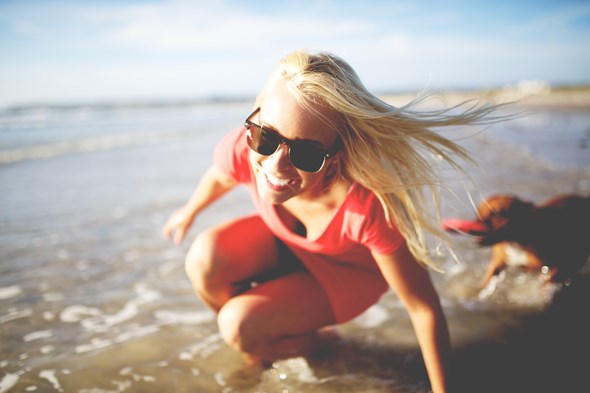
No matter how many times you ask someone to smile, you’re never going to beat the smile you can get out of someone if you can make them laugh. Don’t be afraid to goof around and make fun of yourself. Most importantly of all, enjoy yourself.
About the Author
Mark Stephenson is a portrait and wedding photographer based in Jersey, Channel Islands. To see more of Mark’s work, visit his Flickr page here.

